Update: This article was last updated on 6th August 2024 to reflect the accuracy and up-to-date information on the page.

The term “Creative Thinking” isn’t just confined to art, literature, colors, expression, languages, and drawings, but it also transforms the way of life. It makes people more receptive towards different perspectives, emerge as better problem solvers, and adjust to technological advances.
However, most people mistake creativity as inborn talent, but creativity can be nurtured with the right kind of resources and platforms provided. Both parents and teachers can facilitate this among children and help them create new opportunities for themselves.
Having Creative thinking is just like:
1. Hidden Dreams in Little Minds
Unlocking the vast landscape of a child’s imagination, exploring the potential of countless innovative ideas lying dormant. Trusting our children to weave dream-like creations becomes a collective endeavor, an investment in a future yet unseen.
One never knows how many creative innovative ideas kids are carrying in their little minds. We don’t know what the future looks like but to trust our kids to produce something dream-like, is something we all can do.
2. Beyond Artistic Expression: A Keystone in Life’s Mosaic
Creativity isn’t just about artistic expression; it is a key element in every facet of life. Organizations from various fields seek creativity hence, it becomes important for us to prepare our children for what lies ahead of them. Creativity is essential for scientific, mathematical, linguistic, bodily-kinesthetic, spatial, naturalist and even social and emotional intelligence. .
3. Forging Beyond Practical Skills: Nurturing the Creative Spark
Most often for parents and teachers, the fundamental goals directed towards Creative Thinking for children is to teach them the practical skills of life such as – how to ride a bicycle, how to respect others, how to follow directions, etc.
Other important skills include teaching cognitive skills such as shape and color recognition, encouraging prosocial behavior, and introducing basic literacy and numeration skills. While all these traits are important for kids to learn and understand, what’s left behind is their creative spark, the ability to think and create something out of nothing.
4. The Shadow of Entertainment: Hampering Creative Growth
Entertainment and toy companies have hampered the growth of creative development among kids. How often do kids have to think of something and work beyond the surface level of their minds? These companies constantly provide kids with an everlasting trail of characters, images, props and plotlines that basically puts the imagination of kids to bed.
5. Technological Advances vs. Creative Nurture
We need to ask ourselves that with today’s technologically advanced work and the education system, how much space does it provide for children to nurture their creative ability? “A child who is used to thinking creatively can more easily problem-solve than a child who follows a rigid protocol when searching for a solution to a problem,” said Bobbi Wegner, a clinical psychologist in Boston. “Creative thinking serves them far beyond their childhood years.”
It is evident that creative ability is extremely important, so what exactly stops children from expressing their creativity? More often than not, children are not provided with the space to excel in creativity.
WAYS TO IGNITE THE SPARK OF CREATIVE THINKING AMONG KIDS
1. Divergent Thinking
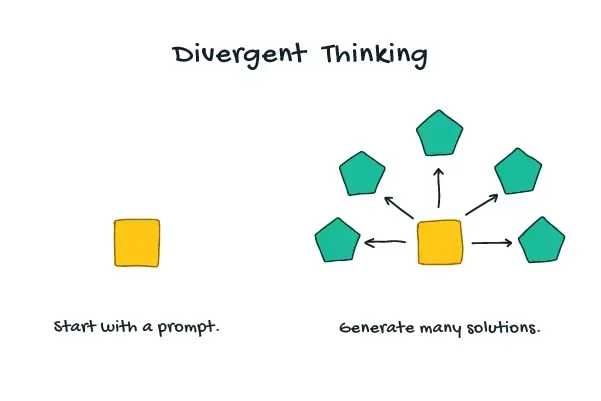
Divergent thinking not only motivates children for in-depth learning, but it also takes them back to all the old ideas and helps them break the chain. It fosters new connections, the onset of creative ideas and enhancing the limits of knowledge.
There is no particular definition of creative thinking, so it is important for kids to recognize what works for them, sometimes, even go to unfamiliar spaces and come back with something afresh. This is how divergent thinking is an impactful way to help children ignite their creative spark.
Recommended Reading: Improve Communication Skills for Children – 11 Easy Ways
2. Dig Deeper Through Art
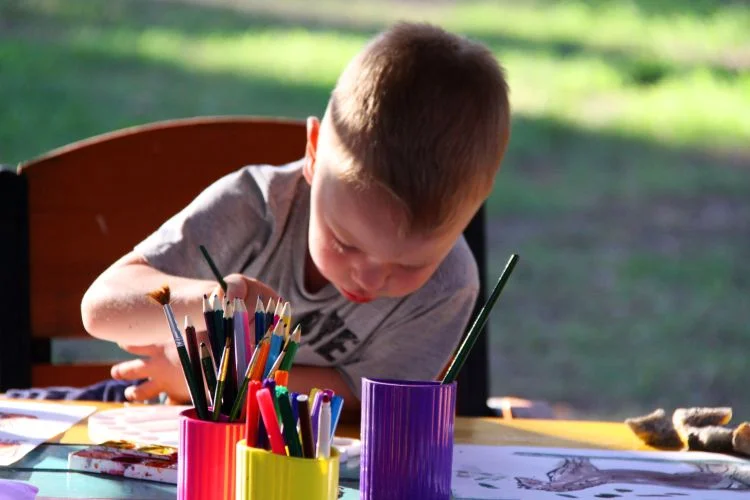
Sensitizing your children towards art is one of the most beautiful ways of expression. Introduce them to artistic activities, such as drawing, music, clay work, poetry, making prints, illustrations, etc.
With the various art forms presented to the child, observe what makes a difference to their thinking, what genuinely lights up their eyes and what possibly could they want to take up in the near future. Art can help unlock a lot of discoveries hidden deeply in a child’s mind.
Recommended Reading: Eight Ways Art Can Enhance Creative Thinking in Kids
3. Make Them Question Things

Questioning is the beginning of intelligence. Sit down with your children and engage. Find out why they find some things more meaningful and attractive than the others. Ask them questions about their favorite books and subjects, why is one cartoon character more appealing than the others? Why do they like a certain color?
Questions like these make them curious and inculcate thinking ability and problem-solving ability.
4. A Designated Space for Creating

Provide your kids with a designated space for creation and expression. It doesn’t need to be a fancy room, but a go-to place for them to spill their creativity when it strikes them. “It could be a tiny corner with a sack of LEGOs or a box of your old clothes for playing dress-up,” said Pam Allyn, executive director of Lit World and Lit Life and the author of many books, including Your Child’s Writing Life: How to Inspire Confidence, Creativity, and Skill at Every Age. It’s important to have a familiar space for a particular onset of activities.
5. Allow Free Time
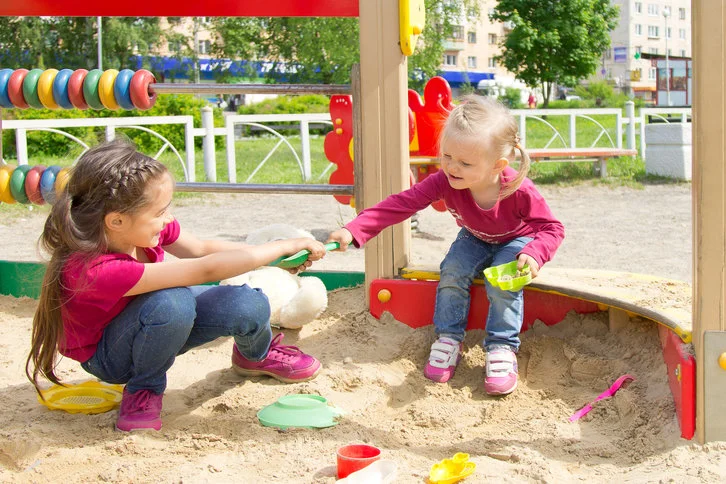
It’s also important not to constantly bombard your children with creative knowledge and ideas. Allow them to have a breather, where they can just simply play around, wander here and there and shout and scream like a kid. Allow them to have fun simply, just existing.
6. Discuss Creativity

Ask your children what creativity means to them. What kind of objects, toys, videos and characters make them wonder how they came to life? Ask when do they usually get their best ideas and creative moments, is it something particular that induces them? Like reading blogs, books or poems, or writing in a journal.
Keep discussing creativity at regular intervals with kids and help them understand their own phenomenon of it better.
7. Cultivate Creative Critical Thinking
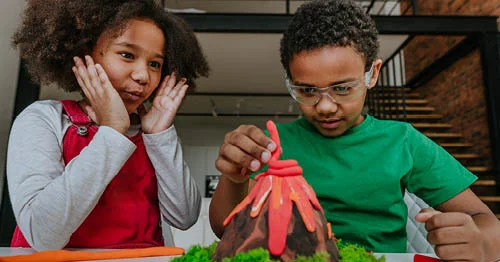
Approach your kids with a set of problems, or simply their own existing problems and problems they’ve dealt with in the past. Ask them how they could have done things differently and induce new possibilities of solutions within their minds. Create a culture which allows them to brainstorm whenever a problem arrives, and not just think hopelessly with all their thoughts moving in one direction.
Recommended Reading: Help Your Child To Think Critically
8. Just-Imagine Games

This is a very simple way of enhancing your kid’s creative thinking. Simply put them in various scenarios and ask them how they would react. Ask questions like, “What’s one gift you’d want to give to every child in the world?”, “What would you do all day as that animal?”, “Which book would you give up if you had to among your three favorite books and why?”
Let them embark on a journey and see what they come up with.
9. Provide Opportunities to Express Their Intelligence

Sometimes it takes a lot of time to discover what you truly like. It is possible that your child doesn’t display characteristics or lean towards a particular form of art or creativity. Allow them to have the time to explore their own intelligence and pick up what they like. All kids work at a different pace, be patient while they discover their uniqueness.
Recommended Reading: 50 Special Education Quotes for Kids with Unique Abilities
10. Let Kids Pursue Their Passion
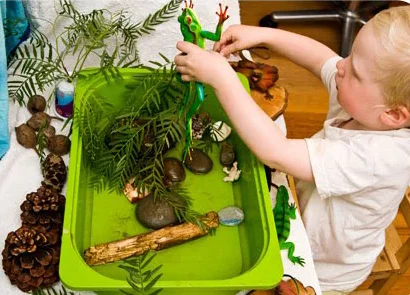
Bring kids closer to their passion and not take them away from it. Observe their likings and interests and make the desired resources available to them. It’s okay if your kid doesn’t want to walk on the path you’ve laid for him, let them create their own path and reach where they want to reach.
11. Don’t Reward Children for Exhibiting Creativity

Don’t offer any incentives or gifts to kids at the end of any creative activity or project. Let them create willingly with all their hearts and not because of something they would receive after finishing the task. Let them find their own motivation to do something and create out of their own desire and interest.
When kids create on their own, they develop personal relationships with the projects that they carry out and it also helps them develop mastery of creative activities.
What are your thoughts on this? What strategies are you using to develop your child’s imagination and creative-thinking skills? Please share in the comments section below.
Moonpreneur is on a mission to disrupt traditional education and future-proof the next generation with holistic learning solutions. Its Innovator Program is building tomorrow’s workforce by training students in AI/ML, Robotics, Coding, IoT, and Apps, enabling entrepreneurship through experiential learning.
























